Common Tree Bugs
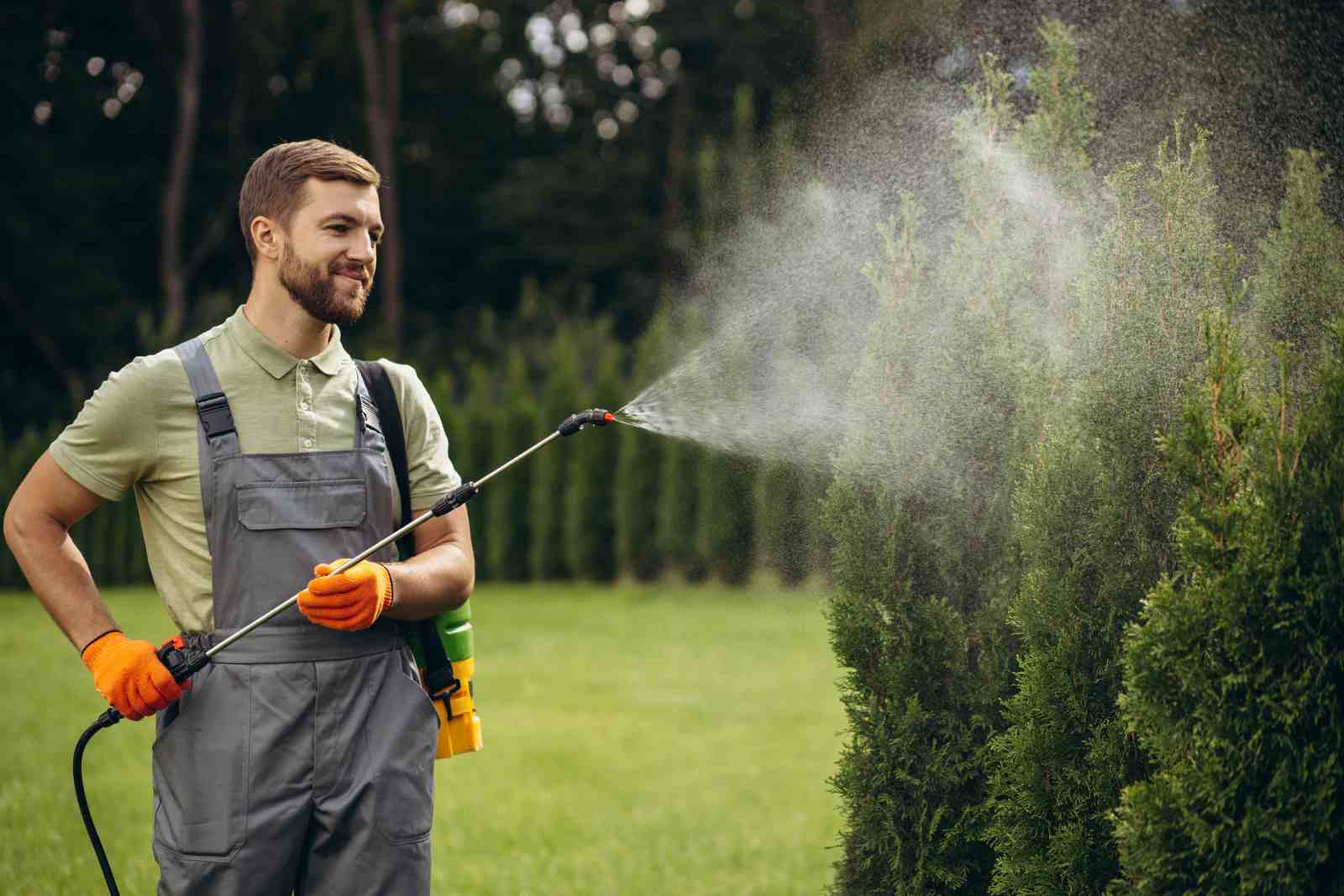
Tree bugs can ravage your landscape and leave lasting damage. This quickly brings up questions like, “Are tree bugs dangerous?” “How do I get rid of tree bugs?”
Not every tree bug is harmful, and some are even beneficial to the ecosystem. Ladybugs, for example, eat aphids which can often destroy trees and plants. Our Certified Arborists will be able to identify and differentiate beneficial insects from harmful pests. Once identified, our Certified Arborists will create a customized plan to provide a solution to your needs.
Treatments For Tree Bugs:
Tree bug and pest infestations can quickly demolish a landscape and return year after year if they are not taken care of properly. Certified Arborists have the training, licenses, and experience in understanding, diagnosing, and treating for pest infestations. Depending on the situation, they may use insecticide, injections, spraying, or soil drenches to control insects.
How Do You Identify Tree Pests?
Identifying tree pest issues can be complicated to the untrained eye. At RTEC, we have a SmartTreat™ process that will identify and manage pest infestations you may be seeing in your trees. SmartTreat™ is a highly effective and environmentally sensitive approach to pest management in our suburban environment. It uses the life cycles of tree bugs and their interaction with the environment to provide more effective pest management solutions, all while using fewer chemicals on your property.
Our Certified Arborists are trained, licensed, and experienced in diagnosing and treating insects using our SmartTreat™ Process. As tree service experts, our Certified Arborists will create an environmentally-friendly, customized program to treat the diseases and keep them from reoccurring in the future.
Let RTEC Treecare Preserve The Health & Life Of Your Trees
Get expert pest identification and environmentally-friendly treatment from RTEC’s certified arborists.
Common Tree Bugs In DC, Northern VA, and Maryland
Below are what kind of bugs you can expect to find living in trees in the DC, Northern Virginia, and Maryland area.
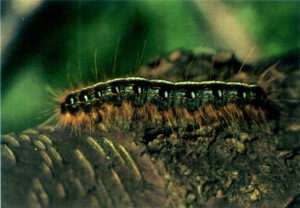
Eastern Tent Caterpillars
These hairy tree bugs, with areas of blue, white, black, and orange, are social species that form communal nests in the branches of trees and shrubs. These communal nests look a lot like spider webs and the caterpillars in them can easily defoliate your trees and bushes.
Targets: Maples, willows, poplars, cherry, and crabapple
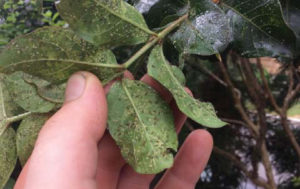
Aphids
Aphids, also known as plant lice, are among the most destructive tree bugs. These plant-sucking insects feed on the sap of a tree or shrub. Their excrement, referred to as honeydew, is commonly mistaken for sap dripping from a tree’s canopy.
Targets: Many species including Ash, Crape Myrtles, Fir, Pine, Spruce, Cedar, Hackberry, Roses, and Tulip Poplars.
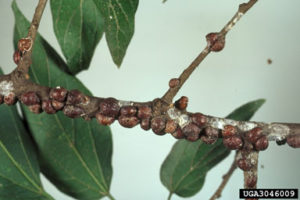
Lecanium Scale
Lecanium scale is a group of common soft scale insects that feed on the sap from shade trees and woody ornamentals. If left uncontrolled, one or two major infestations can kill your tree.
Targets: Maples, Oaks, Linden, and Birch
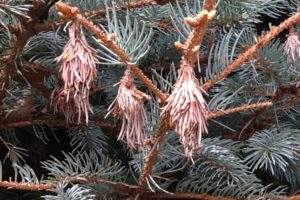
Bagworms
Native to the eastern US, bagworms are defoliating caterpillars that create unsightly cone shaped bags. When populations get high, excessive feeding can strip away large quantities of leaves.
Targets: arborvitae, fir, hemlock, juniper, pine and spruce, bald cypress, black locust, honey locust, sweetgum and sycamore, boxelder, cotoneaster, maple, elm, buckeye, willow, crabapple, linden, poplar, and many more.
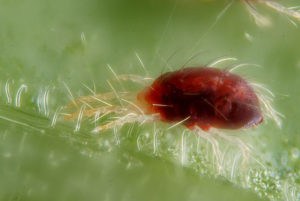
Spider Mites
Spider mites are a common enemy of anyone who cares about their landscape plants. Classified as arachnids, these tiny tree bugs are less than 1/20 inch long when fully mature and look like moving dots to the naked eye. Their ability to rapidly reproduce allows large populations to develop fast and severely harm your plants before you even realize you have a problem.
Targets: Junipers, Boxwoods, Cryptomeria, Arborvitae, and Leyland Cypress.
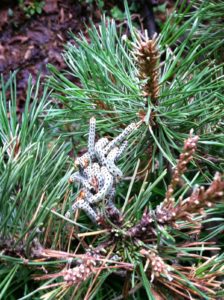
Sawflies
Sawflies despite the name are not flies at all; they belong to the wasp family and can completely defoliate your tree or shrub in a few short days. The sawfly larva is actually what feeds on trees and plants causing damage. Larvae tend to look like caterpillars with three large legs and seven smaller false legs. Although they may appear individually they are typically seen in groups that feed on the leaves and needles of plant life.
Targets: Spruces, Cedars, and Pine

Fall Webworm
Fall Webworms are a native pest of shade trees and shrubs that emerge throughout late summer and fall. Similar to Eastern Tent Caterpillar which we’ve discussed before, Fall Webworm are caterpillars that weave webs in trees & shrubs while feeding on their leaves.
Targets: Almost all shade, fruit, and ornamental trees except conifers.
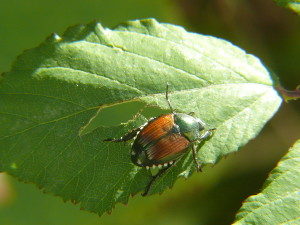
Japanese Beetles
First brought to the United States in 1916 in a shipment of iris bulbs, these invasive tree bugs can defoliate an entire tree in a matter of days.
Targets: Linden, crape myrtle, flowering crabapple, Norway maple, Japanese maple, flowering cherry, elm, sycamore, black walnut, horse chestnut, plums, roses, and many more.
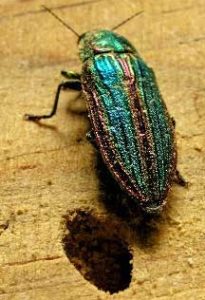
Emerald Ash Borer
The Emerald Ash Borer (EAB) is considered the most destructive urban forest pest ever seen in North America. Introduced to Michigan from China sometime in the 1990’s, it is responsible for killing more than 50 million ash trees in over 20 states. Once infested ash trees have a 99% mortality rate if not treated.
Targets: Ash
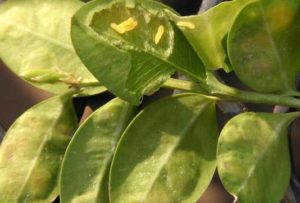
Leafminer
Boxwood Leafminer, Monarthropalpusi flavus (Schank), is a small mosquito looking insect about 1/8th of an inch long that causes serious damage to boxwoods.
Targets: Boxwoods
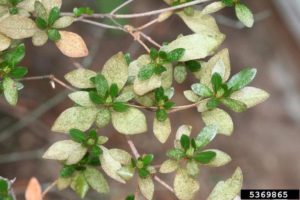
Lace Bugs
Azalea lace bugs are plant-sucking tree bugs that belong to the Tingidae family. These small ¼ inch long insects have wings that resemble lace and feed on the fluids from the plants’ photosynthetic tissues. With multiple generations a year these lace bugs will feed on your Azaleas from spring until fall turning the leaves a sickly white color.
Targets: Azaleas
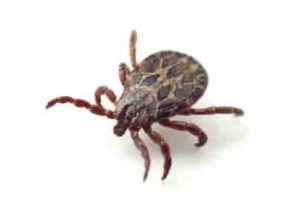
Ticks & Mosquitoes
Mosquitoes: Just one bite from an infected mosquito can spread; Chikungunya, Dengue fever, Zika virus, West Nile virus, Encephalitis, and Malaria. In the United States, Zika virus is the most common among the list. On its own, Zika resulted in 2,647 cases in 2019, 167 of which were deaths.
Ticks: Tick bites can transfer a host of diseases. In 2018, there were 23,558 confirmed cases of Lyme Disease. 894 of these confirmed cases were in Maryland, 744 in Virginia, and 57 in DC.
Reviews From Our Clients

4.9 of 5 based on 245 reviews
Reviews From Our Clients

4.9 of 5 based on 245 reviews












